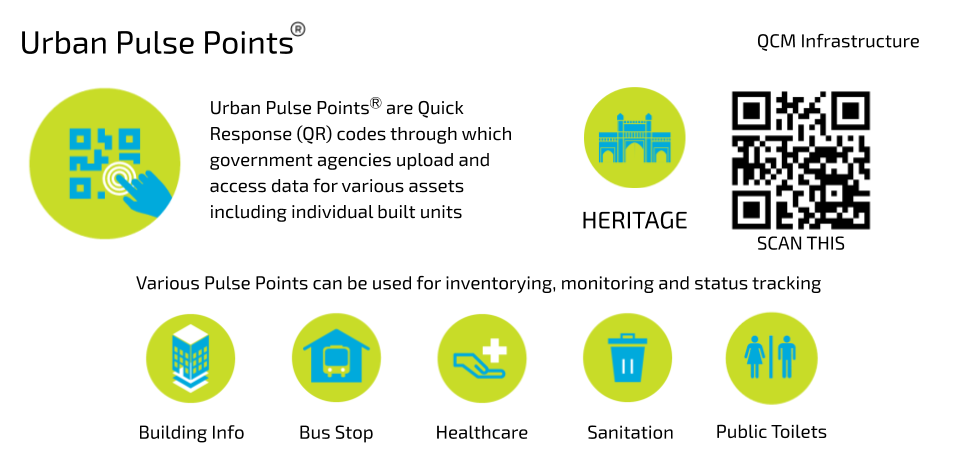Who is iNagrik?
An iNagrik is any citizen, regardless of age, gender, occupation or religion, who is interested in improving the quality of life of the city. A volunteer is expected to refer to the QCM training materials in order to use the QCM infrastructure. By using the QCM infrastructure a volunteer can become an Urban Guardian.
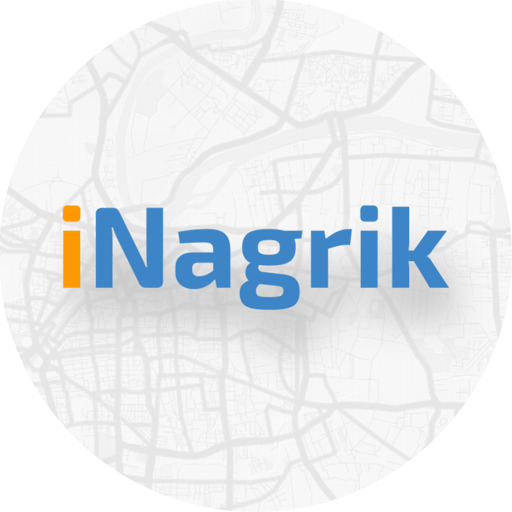
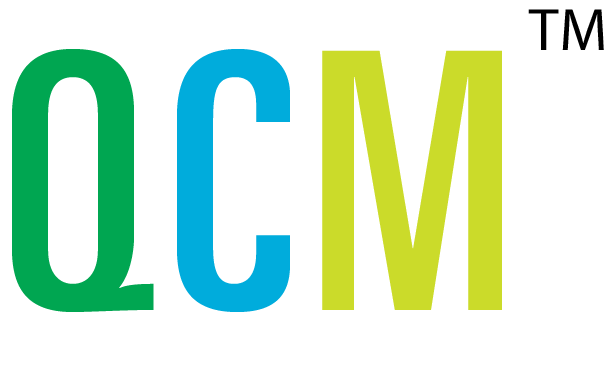
What is the Quantified Cities Movement?
The Quantified Cities Movement has been created and is managed by the Centre for Development Studies and Activities (CDSA) to enable citizens to participate in the process of monitoring and improving the city. The QCM framework is designed to help citizens and the government identify problems, agree on solutions and manage the city on a day to day basis or even over years.
How does QCM work?
QCM enlists volunteers to monitor their neighbourhoods for various issues. Volunteers report the ground situation to CDSA, the QCM website (cdsaindia.org/qcm), various government departments, elected representatives and other volunteers through iNagrik webapp. Efforts of participants are appreciated and they get promoted on the path to become urban guardian.
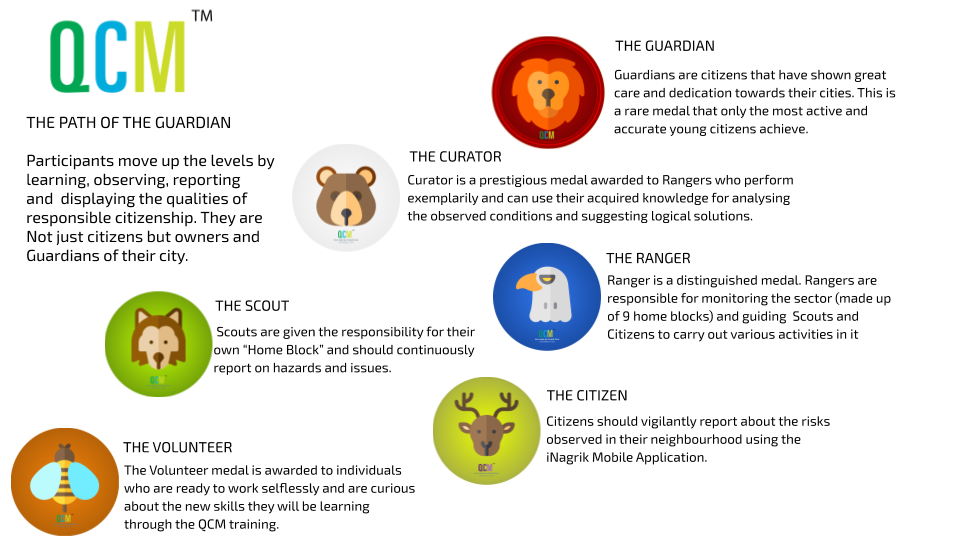
The uploaded information in some situations is sent directly to the various stakeholders or is first processed by CDSA and then shared to the rest of the network. All stakeholders can access maps, graphs and reports in order to make an informed opinion about a situation. In some cases stakeholders can suggest and vote for solutions.
Various stakeholders will deal with the data in different ways. Government agencies and departments will react to grievances and emergencies, elected representatives will look for solutions or propose laws that will improve the city, newspapers will report the problems to a wider audience and discuss the issues and solutions and citizens, volunteers and various civil society organizations will keep reporting issues and suggesting solutions.
QCM infrastructure tools
iNagrik webapp: iNagrik webapp helps you to observe and record information about your surroundings on various themes and topics through various surveys. Click on the icons below and record your observations about the city.
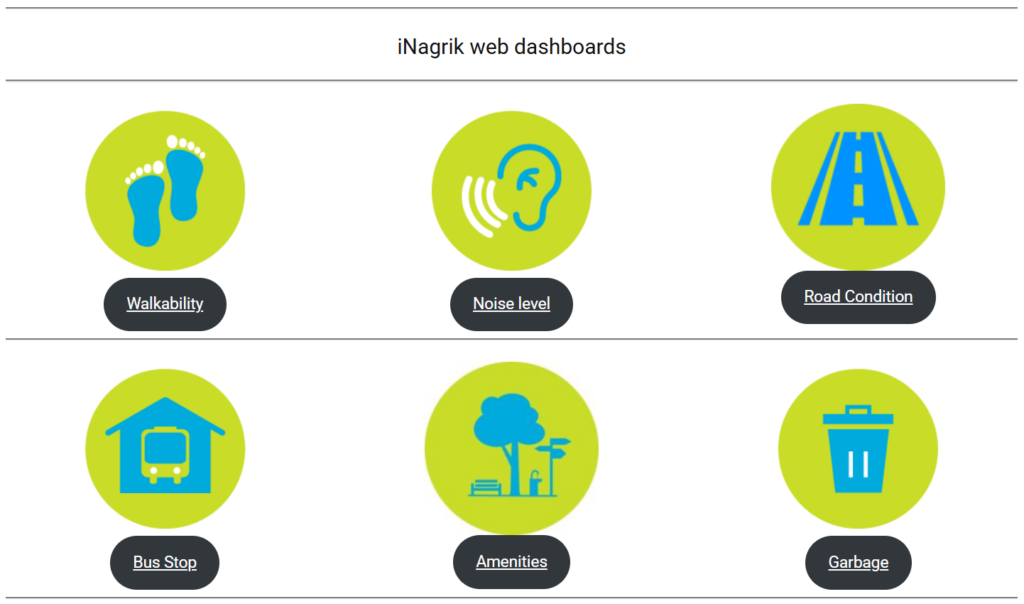
iNagrik dashboards: iNagrik dashboards give you a chance to take a look at overview about a specific issue you are interested in along with the basic analysis. This will help you to gain insights about current conditions for various civic and social topics.
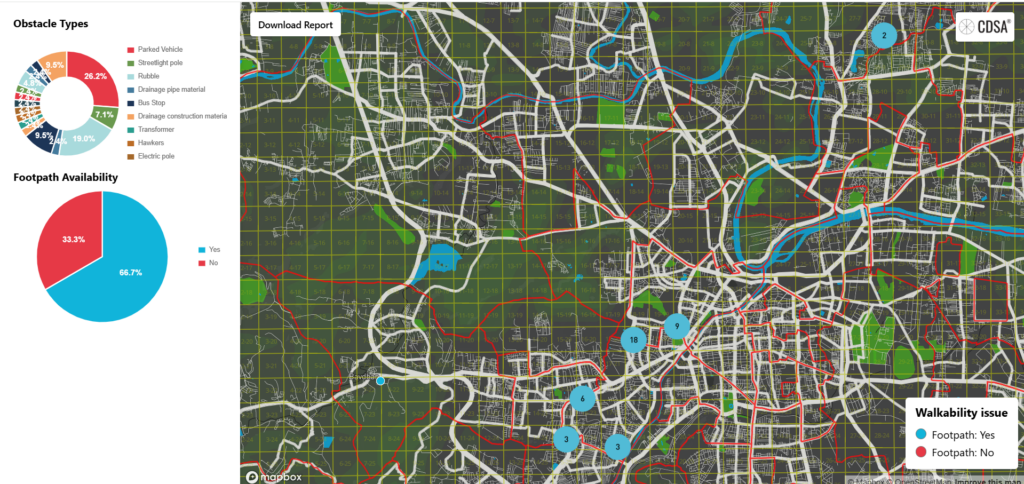
Urban Pulse Points: The Pulse Point Data Collection System uses Quick Response (QR) codes as pulse points “gates” through which questionnaires are accessed and filled in and data is sent to us by the volunteers.
